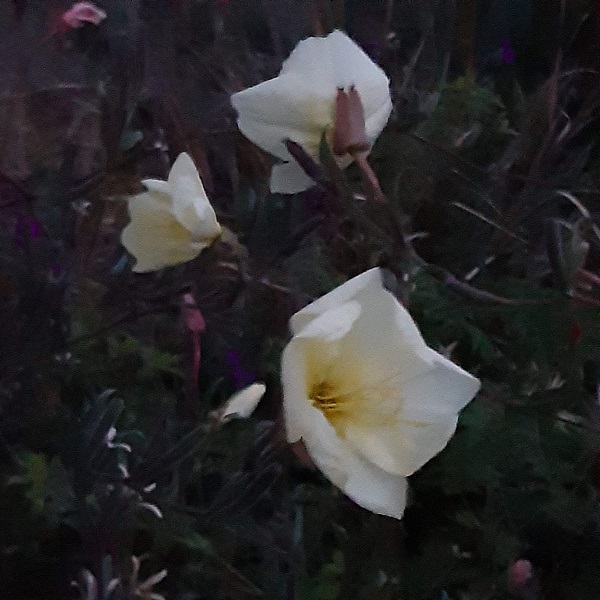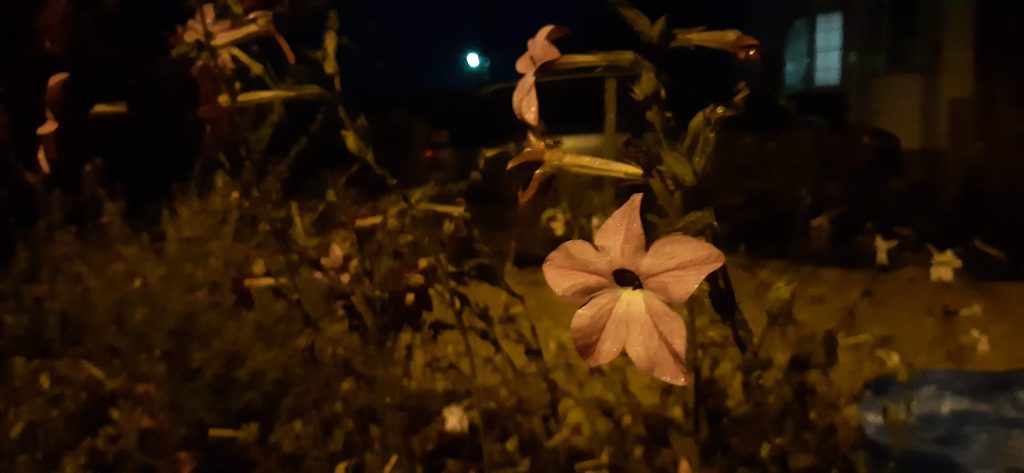Last weekend I went on a bat walk in our local park, it was organized by the newly formed Shepton Walks and the evening was led by three very knowledgeable members from the Somerset Bat Group.
We met at 7.30pm in Collett Park and at about 7.45pm, the heterodyne bat detectors alerted us to a noctule bat high above our heads. This large moth eating bat (approx 20cm wingspan), could have easily been mistaken for a bird as it favours high up open sky (and it was hardly dark).
Shortly afterward we moved beneath a corridor of mature trees and in particular under a large oak; the detectors picked up on the many tiny pipistrelles flying amongst the tree canopies feeding on a variety of midges. A single pipistrelle may eat up to 3000 midges in one night, each midge echo located by the bat – a pattern that can be seen on more sophisticated bat detectors – the amazing world of bats was unfolding around us. Soprano pipistrelles were the next to be discovered and we had a fabulous display of pirouetting bats over the pond and around our heads.
The large but lower flying serontine bat made an appearance too and although we sought out the long eared bat, we were not successful on that occasion. However the harvest moon made an impressive appearance to round off a thoroughly captivating evening.
In my garden I grow a lot of Nicotiana ‘Fragrant Cloud’ and the soft yellow evening primrose Oenothera odorata hoping that these will attract moths and therefore benefit the local bat population. However by growing a wide range of herbaceous perennials and shrubs, which are attractive to insects, then biodiversity will be boosted and ultimately birds and bats will benefit from (see RHS plants for pollinator list and plants for bats list).
An area of long grass or wild flower meadow in the garden, attracts a wide range of insects (moths, butterflies, crane flies (daddy long legs), sawflies…) but also creates a humid microclimate / habitat for insect larvae to mature and pupate. This lower end of the food chain is critical to birds and bats and therefore an important way of increasing biodiversity.

A couple interesting facts I picked up on the night
- In the UK there are 17 -18 bat species (the experts haven’t quite decided on the exact number yet)
- Bats come out in early evening as they are hungry after a day in their roost, they tend to feed until they are full then return to their roost to digest. If it is a warm night they might come out to feed again before dawn
- Pipistrelle bats are quite tolerant of humans and can sometimes be seen feeding on moths attracted to street lighting (I have seen this!)
- Pipistrelles are not too fussy when it comes to roosting places and they can squeeze through small holes to access roof spaces… Something to bear in mind when building sheds and converting outbuildings.
- Bats in the UK contribute towards keeping down garden insect pests
- The serotine bat has quite big teeth!
